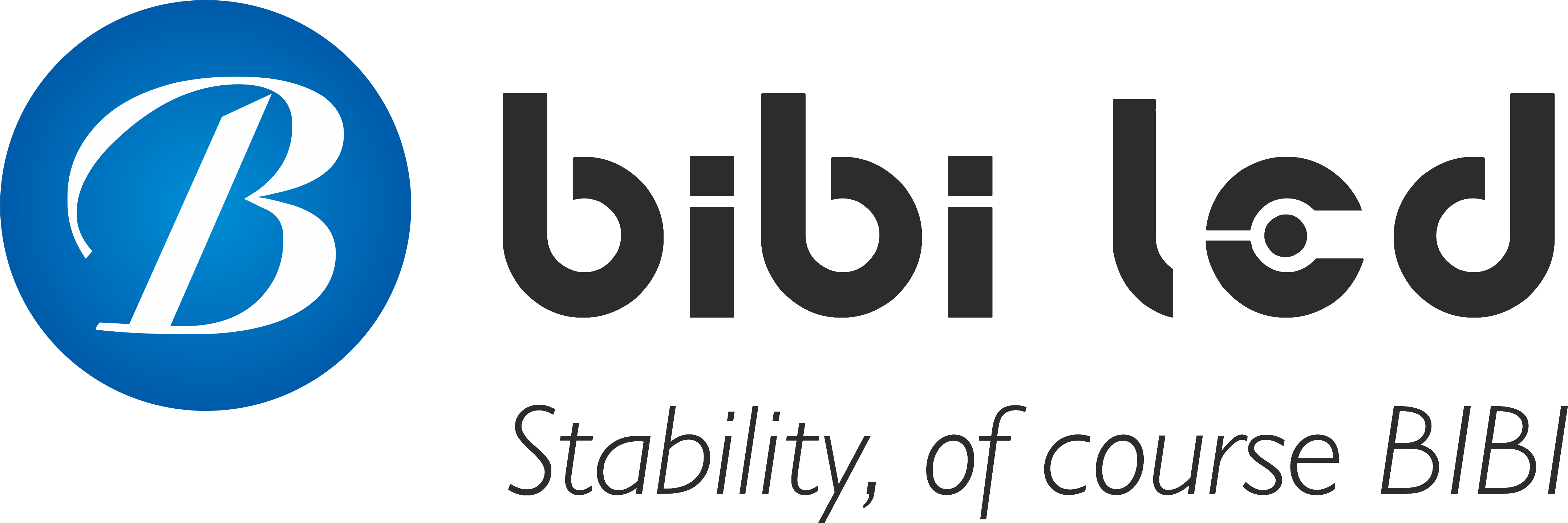序章
When driving in an underground tunnel, the closed space, dim light, and complex road conditions often make drivers walk on thin ice.
How to ensure driving safety in this special environment has become an important issue in traffic management.
And can the emergence of LED traffic induction screens become the key to solving this problem? How will it play its unique role in underground tunnels?
目次
1. Analysis of the particularity of the underground tunnel traffic environment
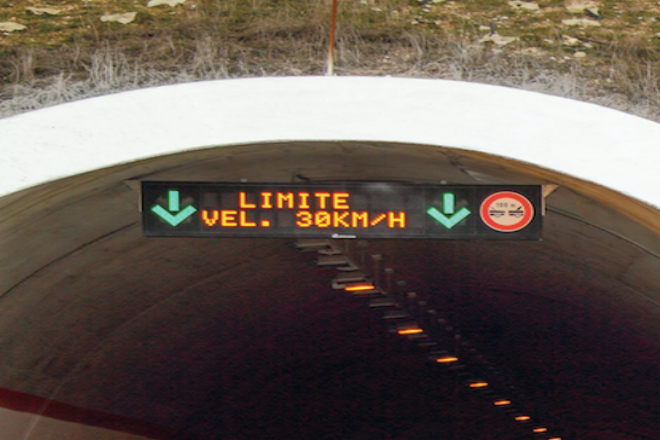
1). Space closure
The underground tunnel is like a long “big tube” that separates the inside from the outside world. Because there is no natural light, the tunnel is illuminated by lights.
If the light is not bright enough or there is a malfunction, it will be difficult for the driver to see the road ahead, and it is easy to get into trouble.
Moreover, the air in the tunnel is not circulated. Once something happens, such as a fire, smoke will run everywhere, making it difficult for people to see the road and breathing difficult.
What’s more troublesome is that there are few entrances and exits in the tunnel and the passage is narrow.
If the cars collide and block the road, it will be difficult for people to run out, and rescue vehicles cannot get in, which will delay the event.
2). Obstructed vision
The roads in underground tunnels are mostly straight, but there are also many curves. After driving on straight roads for a long time, people tend to get sleepy and distracted, and their attention is not focused.
Curves are particularly annoying because you can’t see what’s behind the curve. For example, a car suddenly breaks down in the curve in front of you.
Or someone accidentally walks into the tunnel, and if the driver doesn’t find it in time, it’s easy to hit it.
This kind of blocked vision requires the driver to react quickly. Otherwise, it’s easy to get into danger.
3). Ventilation and lighting challenges
The ventilation and lighting problems in underground tunnels are particularly troublesome.
Because the tunnel is closed and the air is not circulated, the exhaust gas emitted by the car accumulates inside. Over time, the air becomes very bad.
If people stay in it for a long time, they tend to feel dizzy and nauseous, and they will get confused when driving.
Moreover, there is no natural wind in the tunnel, and the temperature is easy to rise.
Especially in summer, people drive like they are in a steamer, and they are irritable and prone to making mistakes.
Lighting is even more critical. The tunnel is illuminated by lights. If the lights are not bright enough, or some places are bright and some places are dark, the driver’s eyes have to keep adjusting, and it will be very difficult to see things.
Moreover, if the lights suddenly break, the tunnel will be pitch black, and the driver can’t see the road at all, which is more dangerous.
2. The benefits of using LED traffic guidance screens in underground tunnels
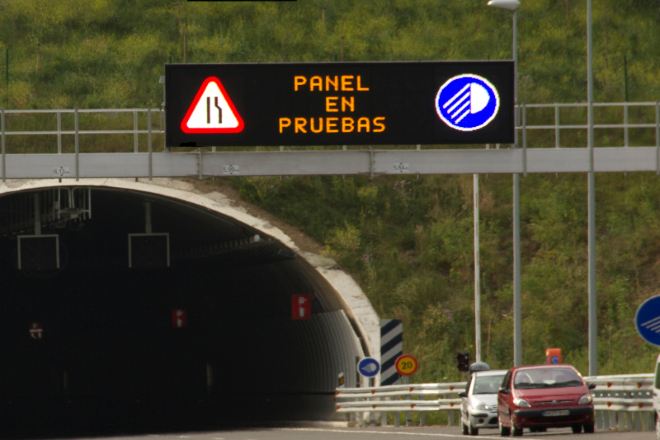
In underground tunnels, the LED traffic guidance screen is like an “intelligent traffic manager” that can display the road conditions ahead in real time.
For example, where there is a traffic jam, where an accident occurred, etc., and remind the driver in advance so that he can slow down or change lanes in advance.
If an emergency occurs in the tunnel, such as a fire or a vehicle collision, the guidance screen can immediately display the escape route and emergency phone number, just like lighting a lamp in the dark to guide everyone to evacuate safely.
Moreover, it can also display speed limit signs and indicator arrows to help drivers drive correctly even in poor visibility and avoid accidents caused by misoperation.
The LED traffic induction screen is very “smart.” It can dynamically adjust the display content according to the traffic flow in the tunnel.
For example, when a lane is congested, it will prompt the driver to switch to a clear lane.
Or suggest a suitable speed so that everyone can pass through the tunnel more smoothly.
It can also “join hands” with the tunnel’s monitoring system to display the monitoring screen in real-time.
Allow managers to quickly find problems, adjust traffic flow in time, and reduce congestion. In this way, the traffic in the tunnel is much smoother, just like the water flow that has been diverted.
With the LED traffic induction screen, tunnel managers are like having “clairvoyance” and “wind hearing.”
They can view the operating status of the induction screen in real time through the remote control center and know whether the content displayed on the screen is normal without going to the site in person.
If there is a device failure or the information needs to be updated, it can also be quickly operated remotely and the display content can be adjusted in time.
This remote management method is not only convenient but also ensures the timeliness and accuracy of information, making tunnel management more efficient.
In dark places such as underground tunnels, the high brightness and high resolution display effects of LED traffic induction screens are particularly important.
It allows drivers to clearly see the information on the screen even in low light conditions, and they will not be in a hurry because they can’t see clearly.
In addition, the design of the induction screen is also very user-friendly. In addition to displaying traffic information, it can also publish some commercial advertisements at the right time.
It not only enriches the visual environment in the tunnel but also provides publicity opportunities for surrounding businesses and enhances the commercial value and user experience of the entire tunnel.
3. Direct guarantee of driving safety by LED traffic induction screens in underground tunnels
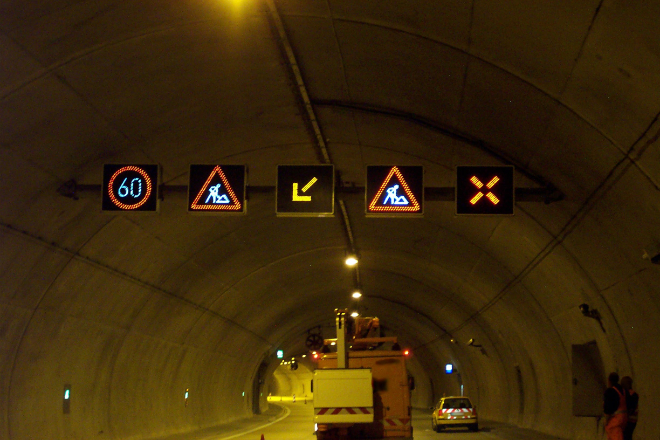
1). Know the situation ahead in advance and brake less suddenly
When driving in an underground tunnel, it is difficult to know the situation ahead in advance, and the light is dim.
It is easy to suddenly encounter traffic jams or accidents, which catches people off guard.
The LED traffic induction screen is like a caring assistant, which can tell you in advance whether there is a traffic jam or an accident ahead, so that you can slow down or change the road in advance.
This can avoid sudden braking or sudden lane changes, and reduce the risk of rear-end collisions and collisions.
For example, you are driving a car and suddenly see the induction screen display “Accident ahead, please slow down.”
You can prepare in advance and slow down slowly instead of slamming on the brakes. The people behind you can also slow down so that everyone can be safer.
2). Help you find the right direction and avoid unnecessary detours
The light in the tunnel is poor, and there are many bends. It is easy to go the wrong way or drive to a place you shouldn’t go.
The LED traffic induction screen will use arrows, lane lines, and speed limit signs to remind you how to drive.
For example, it will tell you which lane to drive in and how fast to drive so that you can find the right direction, avoid unnecessary detours, and avoid accidents caused by going the wrong way or lane confusion.
For example, you are confused in the tunnel and don’t know which way to turn. Once the arrow on the induction screen points, you will understand and feel more at ease.
3). Don’t panic in an emergency; guide the escape route
If something big happens in the tunnel, such as a fire or a big traffic jam, it is easy for everyone to panic and don’t know where to run.
At this time, the LED traffic induction screen will switch to emergency mode to tell you where the nearest escape exit is and how to go the safest way.
It can also remind the car behind to keep a distance to avoid secondary accidents. With this guidance, everyone can respond to emergencies more calmly and reduce unnecessary dangers.
For example, smoke suddenly appeared in the tunnel, and everyone panicked, but the induction screen showed.
“There is a fire ahead; please evacuate from the right exit,” and everyone followed the instructions and evacuated in an orderly manner instead of in a mess.
4). See clearly, and your eyes are not tired.
The light in the tunnel is dim, and your eyes are easily tired after driving for a long time.
The LED traffic induction screen has high brightness, the displayed content is very clear, and it can automatically adjust the brightness according to the light without glaring.
In this way, the driver can see more clearly, the eyes are not easily tired, the attention can be more focused, and driving is naturally safer.
For example, if you drive for a while and your eyes are a little sore, the words on the sensor screen are clear and bright.
It can also automatically brighten or dim, so that you can look at it comfortably and not easily lose your focus.
5). Let everyone abide by the rules and violate fewer rules.
Traffic rules in tunnels are very important, but there are always people who can’t help speeding or changing lanes randomly.
The LED traffic induction screen will always remind everyone how much the speed limit is and how to drive in the lane so that everyone will know and make fewer violations.
In this way, the traffic order in the tunnel will be much better, and there will naturally be fewer accidents. For example, the induction screen always displays “Speed limit 60”.
After seeing this, everyone will consciously reduce the speed of the car and will not drive recklessly, so the traffic in the tunnel will be smoother and safer.
4. Layout and installation strategy of LED traffic induction screens in underground tunnels
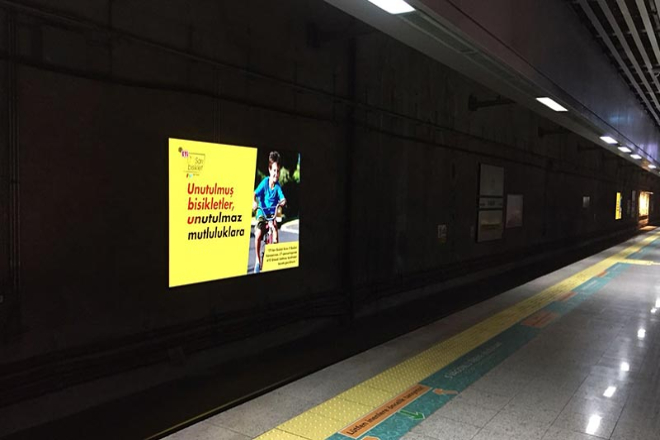
1). Reasonable spacing and location selection
When installing LED traffic induction screens in underground tunnels, you must first consider how long the tunnel is and how far the driver can see.
If the tunnel is particularly long, the distance between the induction screens must be closer, so that the driver can see new information every section of the road while driving, and will not miss important prompts.
For example, if the tunnel is several kilometers long, an induction screen is set every few hundred meters so that the driver can always see the latest road conditions.
The position of the sensor screen is also critical. It should be installed in a place where the driver can easily see it, such as on the tunnel wall, and slightly higher.
This way, the driver can see it when he looks up, and driving safety will not be affected by looking down at the screen.
2). Sight guidance and coverage
The installation height and angle of the induction screen are also very particular. If it is installed too high or too low, it will be difficult for the driver to see the content on the screen clearly.
Generally speaking, the induction screen should be installed slightly above the driver’s line of sight so that they can see it without deliberately looking up or down.
Moreover, the angle of the induction screen should also be adjusted to ensure that people driving in different lanes can see it.
For example, there are three lanes in the tunnel, and the induction screen should be installed in the middle position, slightly tilted, so that drivers in the left lane, the middle lane, and the right lane can clearly see the information on the screen.
さらに、 輝度 of the induction screen should also be appropriate, not too dark nor too bright and dazzling, so that the driver can see clearly under various lighting conditions.
3). Multi-screen linkage and coordination
In a long tunnel, it is not enough to rely on one induction screen alone. Multiple induction screens should cooperate with each other to form a complete induction system.
For example, the front induction screen displays “Congestion ahead, please slow down,” and the rear induction screen can then display “Congestion distance 500 meters, please keep the distance between cars”.
This allows the driver to obtain information continuously without being confused by information discontinuity.
Moreover, these induction screens can be connected through an intelligent system to update information in real-time.
For example, if an accident occurs somewhere in the tunnel, the system will automatically notify all induction screens to display relevant warning information and remind the driver to prepare in advance.
In this way, the traffic information of the entire tunnel can be connected, and the driver can drive more safely.
5. 結論
Through reasonable layout and installation, LED traffic induction screens not only improve the driving safety of underground tunnels, but also optimize traffic efficiency and improve the driving experience of drivers. It is like the “smart eye” in the tunnel, escorting safe travel.
最後に、LEDディスプレイスクリーンについてさらに詳しく知りたい場合は、 ご連絡ください。
